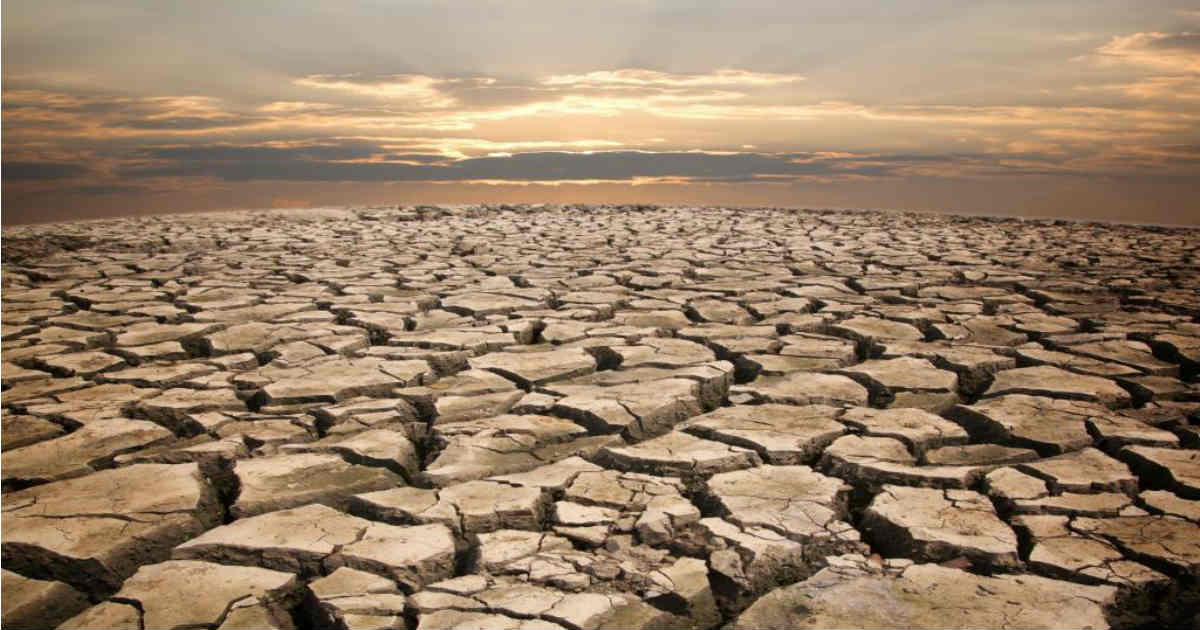"Climate change is altering our planet, causing extreme weather events like tropical storms, wildfires, severe droughts and heat waves, negatively affecting crop production, causing disruption to animals’ natural habitats, and more. Because the emission of greenhouse gases is the main perpetrator that causes global warming (and therefore climate change), it’s important to understand how carbon and other greenhouse gas emissions affect the environment. After all, if we don’t understand the impact of carbon emissions, then how can we change what we’re doing and save the planet?"
According to National Geographic, carbon dioxide is considered a pollutant, though we may more readily associate “pollution” with things like smoke or plastic floating in a lake. But pollutants are anything that falls under the umbrella of a mix of particles and gases that have the capacity to reach harmful concentrations, according to National Geographic. Things like soot, smoke, mold, and pollen are considered pollutants, but greenhouse gases like methane and carbon dioxide are, too.
Hotter temperatures
More severe storms
Destructive storms have become more intense and more frequent in many regions. As temperatures rise, more moisture evaporates, which exacerbates extreme rainfall and flooding, causing more destructive storms. The frequency and extent of tropical storms is also affected by the warming ocean. Cyclones, hurricanes, and typhoons feed on warm waters at the ocean surface. Such storms often destroy homes and communities, causing deaths and huge economic losses.
Increased drought
A warming, rising ocean.
The ocean soaks up most of the heat from global warming. The rate at which the ocean is warming strongly increased over the past two decades, across all depths of the ocean. As the ocean warms, its volume increases since water expands as it gets warmer. Melting ice sheets also cause sea levels to rise, threatening coastal and island communities. In addition, the ocean absorbs carbon dioxide, keeping it from the atmosphere. But more carbon dioxide makes the ocean more acidic, which endangers marine life and coral reefs.
Loss of species
Not enough food
Changes in the climate and increases in extreme weather events are among the reasons behind a global rise in hunger and poor nutrition. Fisheries, crops, and livestock may be destroyed or become less productive. With the ocean becoming more acidic, marine resources that feed billions of people are at risk. Changes in snow and ice cover in many Arctic regions have disrupted food supplies from herding, hunting, and fishing. Heat stress can diminish water and grasslands for grazing, causing declining crop yields and affecting livestock.






Comments
Post a Comment